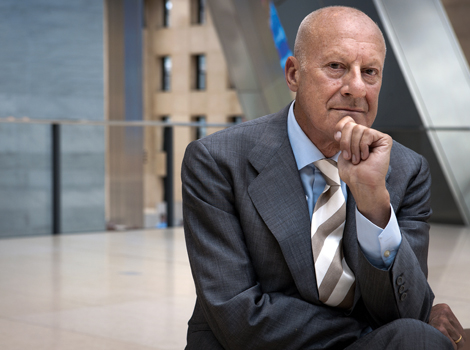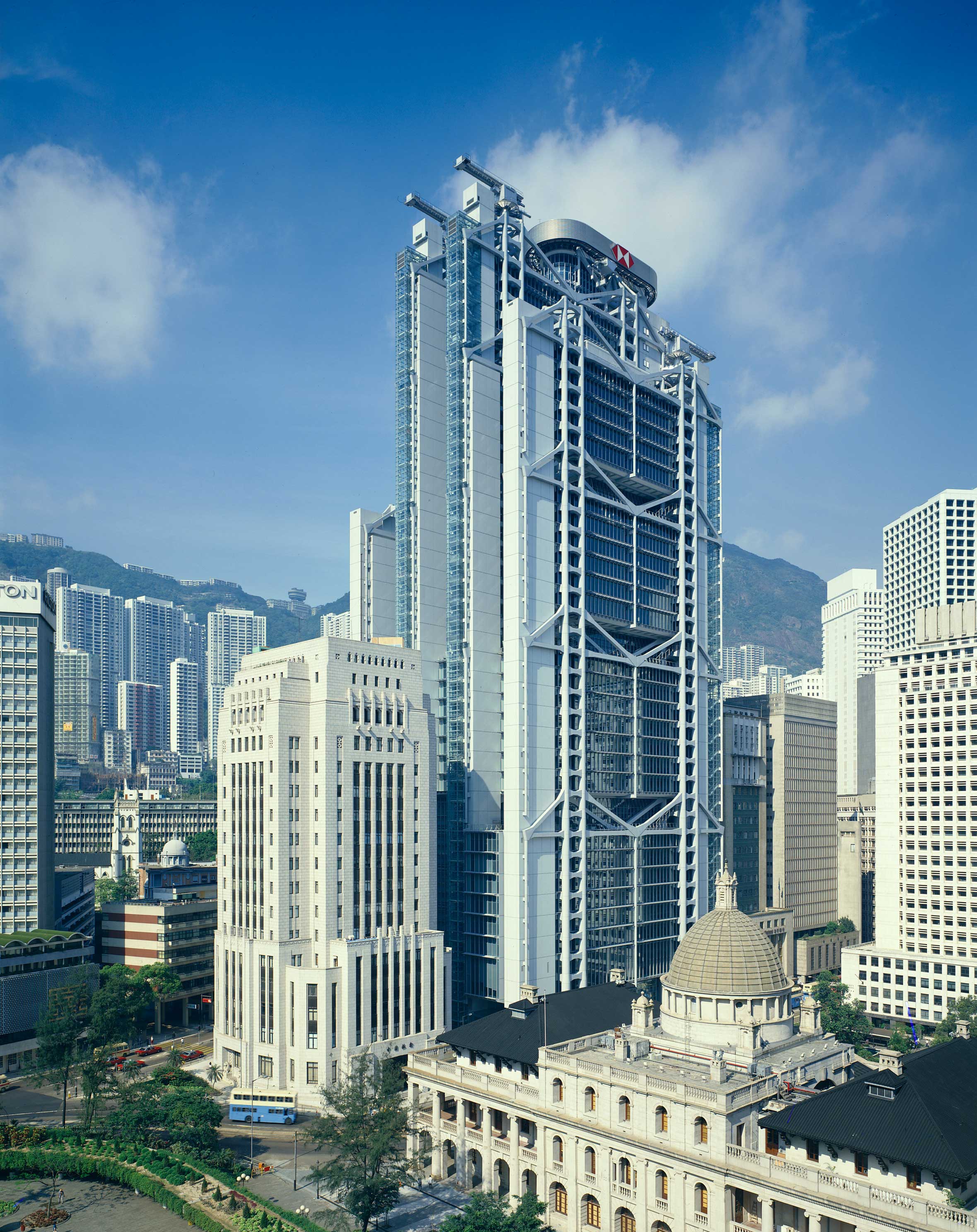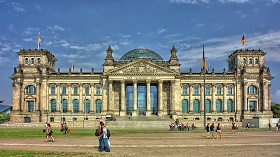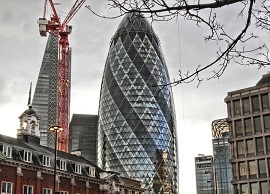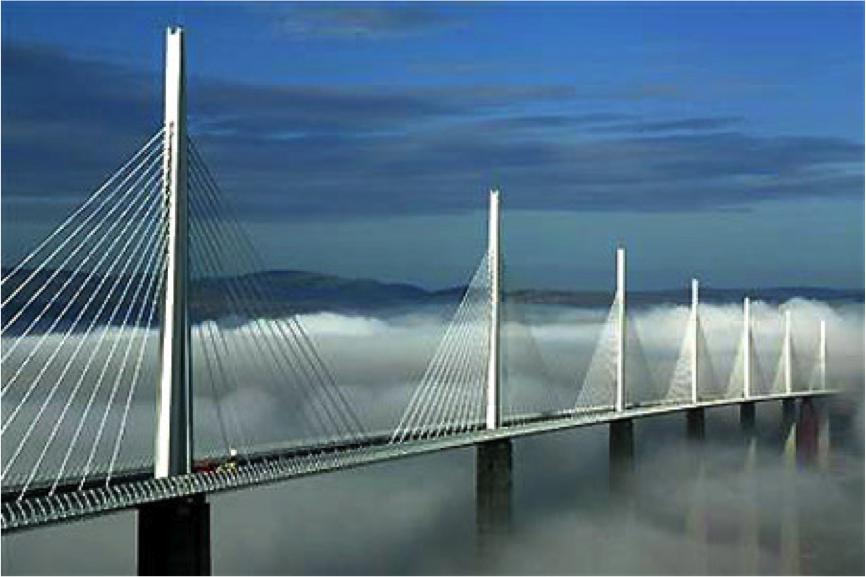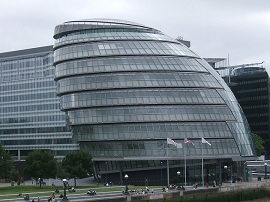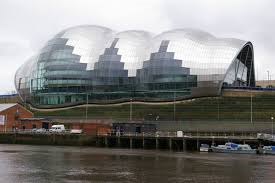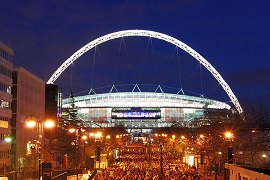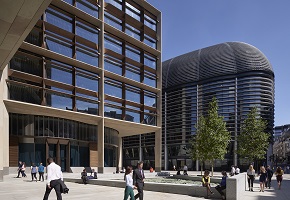Norman Foster
Sir Norman Foster is a British architect famous for prolific and innovative high-tech designs. He is one of the world’s most celebrated architects, having received the 1983 Royal Gold Medal for Architecture and the 1999 Pritzker Prize. His firm Foster + Partners is one of the most high profile in the world, regularly winning commissions for prestigious global projects.
Foster was born in Manchester, England, in 1935. Having left school at 16, he worked in engineering as part of the Royal Air Force before studying architecture at the University of Manchester. His aptitude for drafting won him a scholarship to Yale’s School of Architecture, where he received a Master’s in 1962.
While at Yale, Foster became friends with Richard Rogers and, together with Su Rogers, Wendy Cheesman and Georgina Wolton, they formed the architectural practice Team 4.
Photo Credit: 'Hong Kong and Shanghai Bank Headquarters' by Foster + Partners
In 1967, Foster left Team 4 to establish Foster Associates, the precursor to what would become Foster + Partners. He also began a long period of collaboration with iconic architect Buckminster Fuller, which continued until Fuller’s death in 1983.
Foster’s big break came with his design for the Willis Faber & Dumas headquarters in Ipswich. The low-rise office building included several innovative features, such as; escalators, contoured facades, nature-oriented interiors, and open-plan offices.
One of the first major public buildings designed by Foster was the Sainsbury Centre for Visual Arts in Norwich, completed in 1978.
During the late-1970s and early-1980s, Foster and his team worked on the HSBC Main Building in Hong Kong (see image above), which would become one of his most recognisable projects. In 1990, Foster’s design for the Terminal Building at London Stansted Airport was awarded the European Union Prize for Contemporary Architecture/Mies van der Rohe Award. In the late-90s, Foster won a design competition for the Reichstag building in Berlin, which included an iconic glass-domed observation platform.
Foster completed perhaps his most famous building in 2003 - St. Mary the Axe, more popularly known as The Gherkin, which won the RIBA Stirling Prize.
Around the same time, Foster contributed to New York’s iconic skyline with the Hearst Tower, a 44-storey skyscraper with an Art Deco foundation topped by a triangulated façade.
In 2000, the Millennium Bridge over London’s River Thames was completed, although it would be closed for a further two years to correct an unexpected motion for which it was dubbed the ‘wobbly bridge’.
In 2004, Foster collaborated with the engineer Michael Virlogeux to create the Millau Viaduct, the tallest bridge in the world. His central input was to present a modified version of Virlogeux’s original design which had been dismissed by local authorities as unfeasible.
Other notable projects include:
- Torre de Collserola, Barcelona (1991).
- Commerzbank Tower, Frankfurt (1997).
- Hong Kong International Airport (1998).
- Imperial War Museum, Duxford (1998) - winner of RIBA Stirling Prize.
- Redevelopment of the Great Court, British Museum, London (1999).
- City Hall, London (2000).
- Sage Gateshead (2004).
- Wembley Stadium (2007).
- Bloomberg HQ, London (2018) - winner of RIBA Stirling Prize.
[edit] Related articles on Designing Buildings Wiki
Featured articles and news
Government consultations for the summer of 2025
A year of Labour, past and present consultations on the environment, the built environment, training and tax.
CMA competitiveness probe of major housing developers
100 million affordable housing contributions committed with further consultation published.
Homes England supports Greencore Homes
42 new build affordable sustainable homes in Oxfordshire.
Zero carbon social housing: unlocking brownfield potential
Seven ZEDpod strategies for brownfield housing success.
CIOB report; a blueprint for SDGs and the built environment
Pairing the Sustainable Development Goals with projects.
Types, tests, standards and fires relating to external cladding
Brief descriptions with an extensive list of fires for review.
Latest Build UK Building Safety Regime explainer published
Key elements in one short, now updated document.
UKGBC launch the UK Climate Resilience Roadmap
First guidance of its kind on direct climate impacts for the built environment and how it can adapt.
CLC Health, Safety and Wellbeing Strategy 2025
Launched by the Minister for Industry to look at fatalities on site, improving mental health and other issues.
One of the most impressive Victorian architects. Book review.
Common Assessment Standard now with building safety
New CAS update now includes mandatory building safety questions.
RTPI leader to become new CIOB Chief Executive Officer
Dr Victoria Hills MRTPI, FICE to take over after Caroline Gumble’s departure.
Social and affordable housing, a long term plan for delivery
The “Delivering a Decade of Renewal for Social and Affordable Housing” strategy sets out future path.
A change to adoptive architecture
Effects of global weather warming on architectural detailing, material choice and human interaction.
The proposed publicly owned and backed subsidiary of Homes England, to facilitate new homes.
How big is the problem and what can we do to mitigate the effects?
Overheating guidance and tools for building designers
A number of cool guides to help with the heat.
The UK's Modern Industrial Strategy: A 10 year plan
Previous consultation criticism, current key elements and general support with some persisting reservations.
Building Safety Regulator reforms
New roles, new staff and a new fast track service pave the way for a single construction regulator.






